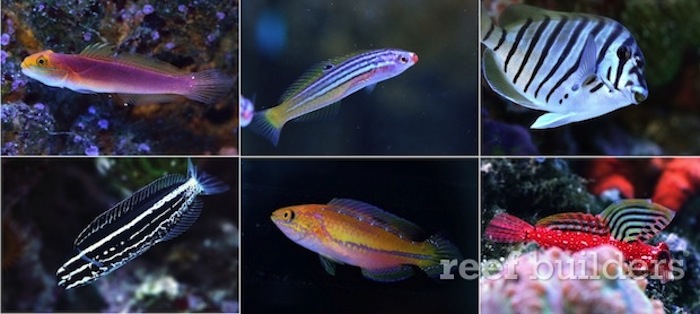2013 is ending really soon and as always, we have our yearly recap on what’s hot in the aquarium scene. Before this year, these fish were almost always either unknown of, or simply classified as “book fishes”. Today’s post will feature six breakthrough aquarium fish that could potentially become aquarium staples. Now normally we’d feature only five, but this year was so hot that we felt it was necessary to squeeze in a sixth species into the countdown.
We’ve been seeing these incredible rarities trickling in this year but with the current way things are progressing, the amount of word spreading around and with the increasing demand, we don’t see why these fishes can’t become staples in the near future. Let’s get started then!
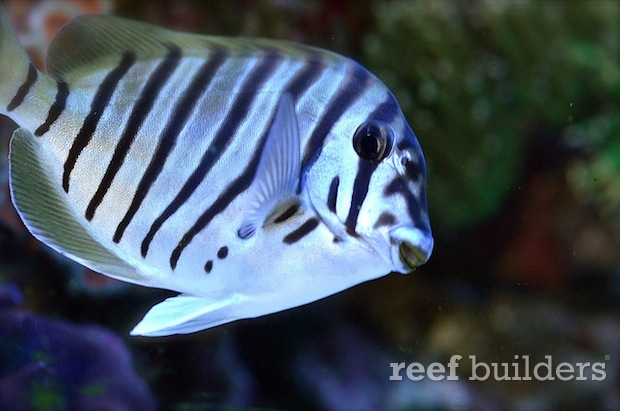
Acanthurus polyzona – The beautiful Zebra Tang is more like a beautiful, tattooed Convict tang 2.0 that until this year, was almost unheard of. It was a book fish, but thanks to targeted collection efforts, this species has since went from being a Mauritian recluse to a worldwide phenomenon, entering territories like Europe, US as well as Asia. That’s three major continents. We have no doubt we’ll be seeing more of these amazing tangs in the years to come.
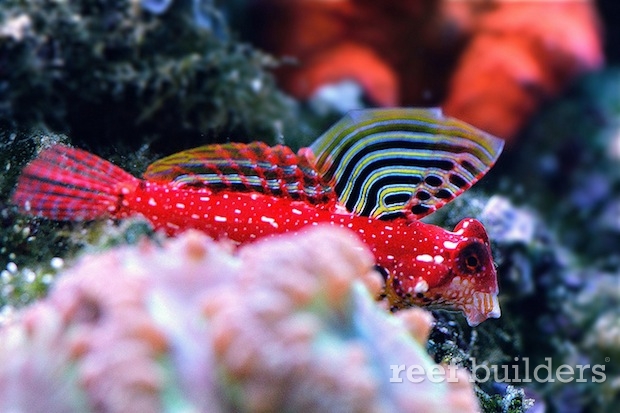
The Ruby Red Dragonet – These scarlet jewels made a blazing appearance out of nowhere and shocked the world with a meteoric simultaneous emergence all over the world. Yet to be described, these incredibly red coloured dragonets bear the closest resemblance to other similar species of Synchiropus such as S. bartelsi, S. morrisoni as well as the newly described S. tudorjonesi. This species is already more or less seeing frequent exports out of the Philippines, and should join the entourage of scooter blennies to be offered out of Cebu.
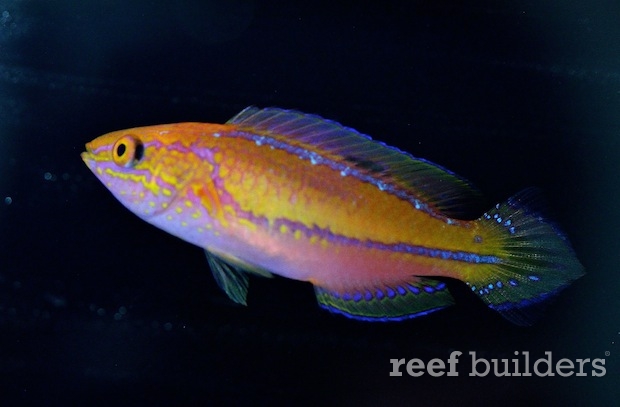
Cirrhilabrus cf. lanceolatus – Everybody’s favourite Pintail fairy wrasses finally made a regular appearance this year. For a long long time Philippines have been drip feeding the appearance of this species at a painfully slow rate. Yet to be described and not to be confused with the lanceolatus fairy wrasse (Cirrhilabrus lanceolatus), this colorful and gorgeous species is becoming a staple thanks to RVS FishWorld.
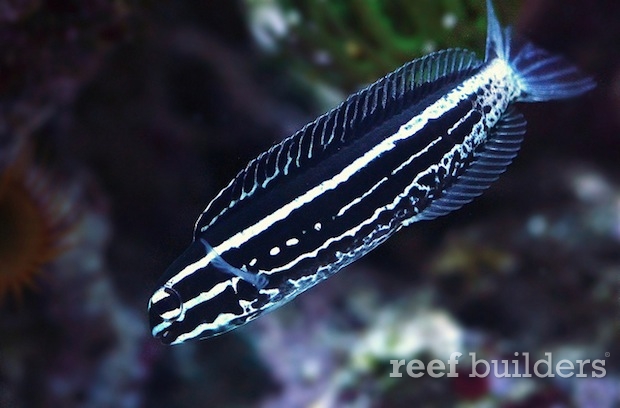
Meiacanthus kamoharai – No, it’s not the doppler effect. This silvery white and black striped fang blenny has long been a favorite of ReefBuilders, and it was only in June this year that Koji Wada of BlueHarbor was kind enough to hand catch a single individual for us in Singapore. Since then, another three or four pieces were brought over to the U.S during MACNA, and then finally nine more recently again to Singapore. Once a book fish, this blenny is no longer unobtainable outside of Japan. M. kamoharai is following in the exact same footsteps as the once also unobtainable Assessor randalli, which is now an ORA captive bred success and staple.
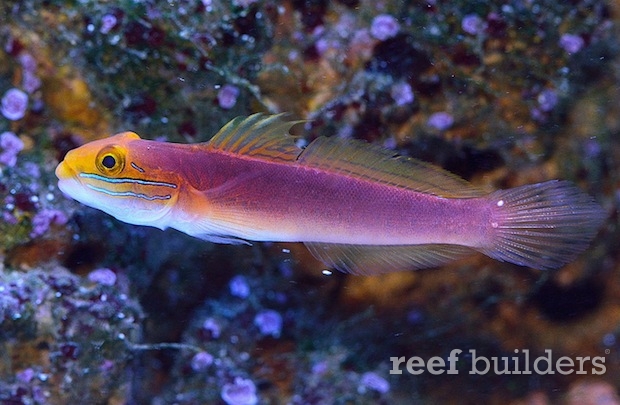
Valenciennea bella – This has got to be the most beautiful of the Valenciennea sand sifting genus, with a uniform coloration of burnt rose pink. A japanese endemic, like M. kamoharai, it was never offered for sale outside of Japan until 2013, where numerous specimens made it across various LFSs in the US, and various parts of Asia. Just like Cirrhilabrus lunatus and Ecsenius oculus, this little known japanese jewel is fast gaining popularity and they will definitely make for a good seasonal import from Japan.
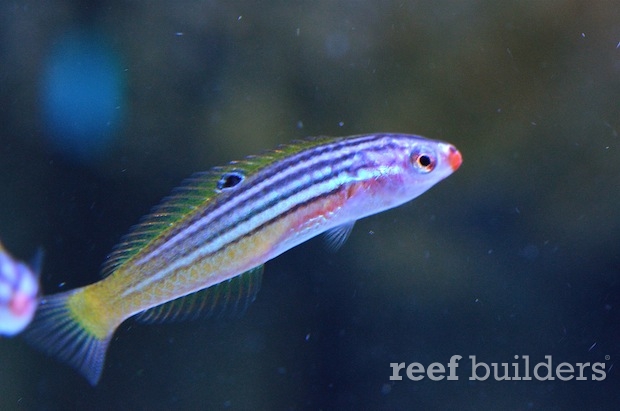
Minilabrus striatus – Red Sea shipments used to be a jaded occurrence with only a handful of fishes that we’ve seen countless of times. In the recent months however we’ve been seeing a ton of pretty cool Red Sea fishes that we normally never get to see. Mimoblennius sp, Ecsenius aroni, Diploprion drachi, for example, and of course, Minilabrus striatus. The minute wrasse was a very poorly known book fish that joined the list of Red Sea rarities. As long as it’s not a purple tang, chances of seeing it was slim. However things have changed recently and the minute wrasse has since graced the shops of numerous countries world wide.
There you have it. Six “bubbling-under” fishes that we think have great potential for becoming aquarium staples in the years to come. We’ve been very lucky to get our hands on all of them, and these pictures were taken in our home aquariums. So if you want them to be in your home aquarium, fret not. Just keep expressing interest and you never know when you’ll get to see them at your favourite LFS.


